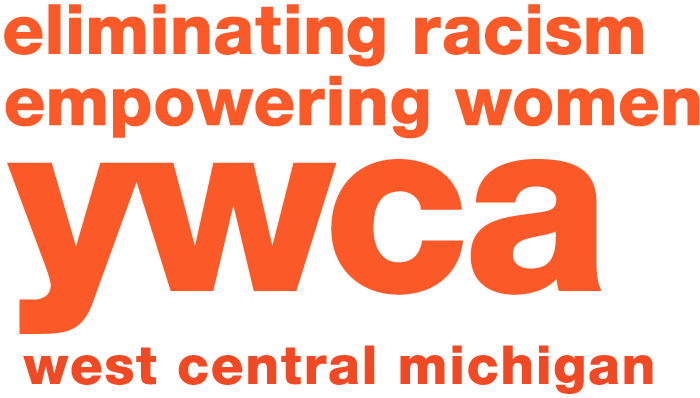Myths & Facts
If you are in immediate danger or feel unsafe, call 911.
YWCA 24-Hour Confidential Helpline
616.454.YWCA (616.454.9922)
Myth 1: Domestic abuse is not a big problem.
Fact 1: Nearly 25% of surveyed women and 7.6% of surveyed men said that they were raped and/or physically assaulted by a current or former spouse, cohabiting partner, or date at some time in their lifetime. According to these estimates approximately 1.5 million women are raped and/or physically assaulted by an intimate partner annually.
Myth 2: Domestic abuse is usually a one-time event, an isolated incident.
Fact 2: Battering is a pattern, a reign of force and terror. Once violence begins in a relationship, it gets worse and more frequent over a period of time. Battering is not just one physical attack. It is a number of tactics (intimidation, threats, economic deprivation, psychological and sexual abuse) used repeatedly. Physical violence is one of those tactics.
Myth 3: Domestic abuse is a “lower class” phenomenon.
Fact 3: Even though many people would like to believe this, the truth is people who abuse come from every race, religion, and socio-economic background.
Myth 4: Alcohol or drugs cause the abuse.
Fact 4: Assailants use drinking/drugging as one of many excuses for violence, and as a way of putting responsibility for their violence elsewhere. There is a 50% or higher correlation between substance abuse and domestic violence but no causal relationship – therefore, stopping the assailant’s drinking/drugging will not end the violence. It is not the cause of the violence; both problems need to be addressed.
Myth 5: Stress causes domestic abuse.
Fact 5: Many people who are under extreme stress do not assault their partners. Assailants who are stressed at work do not attack their co-workers or bosses. They choose to assault individuals when they believe there will be no repercussions.
Myth 6: Domestic Abuse is non-existent in LGBTQ relationships and/or they are not as prevalent, harmful or dangerous as in non-transgender heterosexual people.
Fact 6: Analysis of different case studies suggest that LGBTQ people experience domestic abuse at a comparable rate of heterosexual people (25 – 33%). Transgender individuals in particular experience domestic abuse at a rate of 33-50% in their lifetime as a result of a combination of factors — repeated abuse from a young age which can increase vulnerabilities to later abuse, as well as discrimination and a lack of understanding by service providers.
